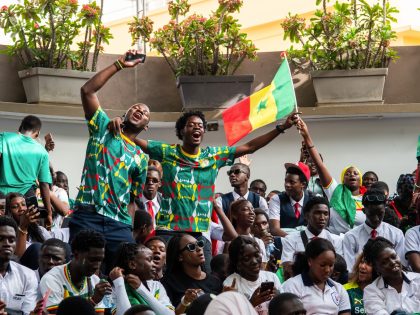Steve Bloom photographs 1970s Cape Town

The London Festival of Photography has opened, and one of its most appealing features is an exhibition of images by Steve Bloom – Beneath the Surface – a unique document of South African life in the 1970s. There are images of squatters camps, protests (and police violence) in Cape Town, the demolition of buildings in mixed-race neighbourhoods (later repurposed as ‘white areas’), as well as intimate portraits of people in their homes and close-ups of wrinkled and emotionless faces.

One image, above, simply called ‘Manenberg, 1977’, shows a bare-chested man standing in a room whose bare-brick walls we can see behind him. His face is half-turned towards a light source out of shot – a window, presumably – which softly illuminates his head and torso. In his arms a baby whose tipping head, open mouth and hand outstretched towards the viewer provide dramatic lines which off-set the man’s firm grip and solid stance. The baby’s stomach, a shocking white bulge against the man’s shadowed torso, feels like the focal point of the composition. The circumstances of the photograph are unclear: it doesn’t feel like a piece of photojournalism, doesn’t yield up a particle of pre-conceived meaning for the viewer’s consumption.
Next to this, the theme is reprised in another photograph, also ‘Manenberg, 1976’, in which a wild-haired young child looks warily up at the camera. She is clutching a white plastic doll wrapped in light swaddling, pressing to its cheek against her mouth, its eyes unfocused and slightly insane, its arms stretched out with a pre-fabricated hunger for affection.
These images – from a series taken in the township outside of Cape Town in 1976 (about which, incidentally, Abdullah Ibrahim’s classic piece had been written two years earlier) – are images of empathy and tenderness, found in closely observed moments of relation between light and dark bodies.
This relation appears to be the organising theme of Bloom’s work of this period. In an essay, published by the Guardian and distributed as a small freepaper at the gallery, the photographer reflects that “In the years that I lived in South Africa, I felt discomforted by the unearned rights assured by my white skin.” The work documents different times and places of South African life, the domestic and public existences of polarised demographics: a man sunbathing on Sea Point Beach, someone soliciting donations to a charity for ‘spastics’, women walking past segregated toilets.

One of the unearned rights Bloom’s race permitted him was access both into the policed zones of white society and into exclusively ‘coloured’ townships, and the photographer used this to observe privilege and its opposites, juxtaposing images of the leisure of an affluent society and the suffering of an oppressed people. One series of images shows two children walking on a pavement consuming ice creams while, in the background, one man tends to a woman who appears to be injured. The caption reads: “Green Point, Cape Town, 1977; a residential suburb close to the city centre. The effect of apartheid was to engender feelings of indifference across the colour line.” The distance (and awful intimacy) between bodily suffering and pleasure in the same public place to which these images attest is coupled by an unerring tenderness. This is the gaze of the photographer, both removed from the situation and – almost embarrassingly – concerned by it.
Bloom left South Africa in 1977, landing in London the day before Steve Biko’s funeral, and lent to the International Defence and Aid fund for Southern Africa, who used them to publicise and raise funds for the anti-apartheid movement. This prevented the photographer’s return to the country of his birth for thirteen years.
The exhibition, at the Guardian Gallery, continues until June 28. Some more of these images can be seen here.



















